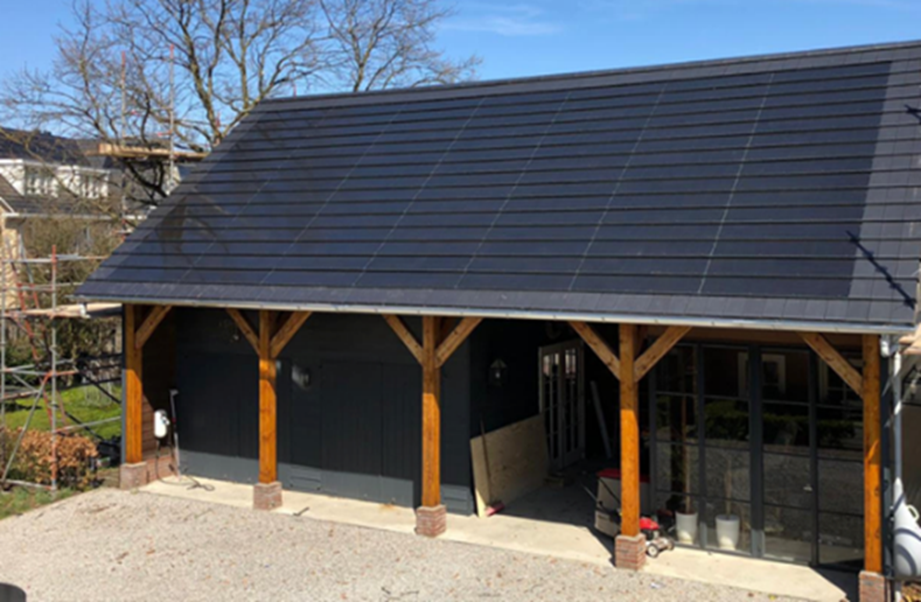Dutch Pilot Use case: Digital Twin in a Residential Household in the Netherlands
The third use case of the HYBRIS project involves exploring how digital twins can be used to emulate the operation of the HYBRIS system at a residential house in the Netherlands. The household in question has a large quantity of rooftop solar and an electric vehicle charge pole in the garage.

In the Netherlands, the net metering tariff means that prosumers who inject solar energy into the grid are reimbursed for the taxes they pay on energy they consume. With this in mind, it is attractive for Dutch prosumers to use flexible assets to perform price arbitrage, buying when the energy price is low and selling when the price is high. Thanks to dynamic energy contracts, Dutch customers are exposed to the real fluctuations of the Netherlands day ahead market prices and stand to gain a lot of money by responding to these signals, while also providing a valuable service to the grid. In the Netherlands there are typically daily fluctuations in price of around 200 €/MWh, which means for the proposed 30 kWh system, there is a potential to make 6 € per day with this value stream with the batteries alone.
In addition to using the batteries for price arbitrage, we aim to demonstrate other services such as frequency containment reserve (FCR) and peak shaving. FCR involves reacting quickly to changes in grid frequency to help stabilize the grid. Because the AORFB battery is relatively slow, it is not suitable for FCR, so instead this service will be provided by the lithium battery. On the other hand, peak shaving involves discharging stored energy in order to reduce the peak power consumption and therefore avoid high-capacity charges, this service will also be provided by the lithium battery.
Finally, we will demonstrate a proof of concept on how smart charging of an EV can be coordinated with the battery system to provide even better results than the battery alone. By harnessing the flexibility of electric vehicle charging needs, we can shift charging to the cheaper periods of the day (based on day ahead market prices) or even cut off charging all together when required for peak shaving.
One of the unique aspects of this use case compared to the other two is that we will be using a digital twin of the site to demonstrate virtually how smart energy management on the site can be achieved using high fidelity and high-resolution simulation models. Typhoon HIL is providing their hardware in the loop (HIL) devices which will contain detailed models of both the hybrid energy storage system and the electrical network on the site, which includes PVs, residential loads, and EV charging infrastructure. The advanced models of the two battery technologies (Lithium battery and aqueous organic redox flow) and the associated converters will be validated using real data gathered during the first two pilot projects in Italy and Belgium. In this way, we can be confident that the HIL devices provide a realistic representation of how these assets behave, with high resolution outputs calculated in real time.
This use case offers a great insight into how two battery technologies combined with flexible EV charging can provide value to the residential market in the Netherlands. Furthermore, it shows how hardware in the loop can be used to faithfully recreate the digital input/output of a multi-energy system in real time to link the digital world to the real world.
If you want to learn more about digital twins and the HIL provided by Typhoon HIL, read this article: How can digital twins accelerate the adoption of next generation battery systems?
Written by Robbie Muir from iLECO
